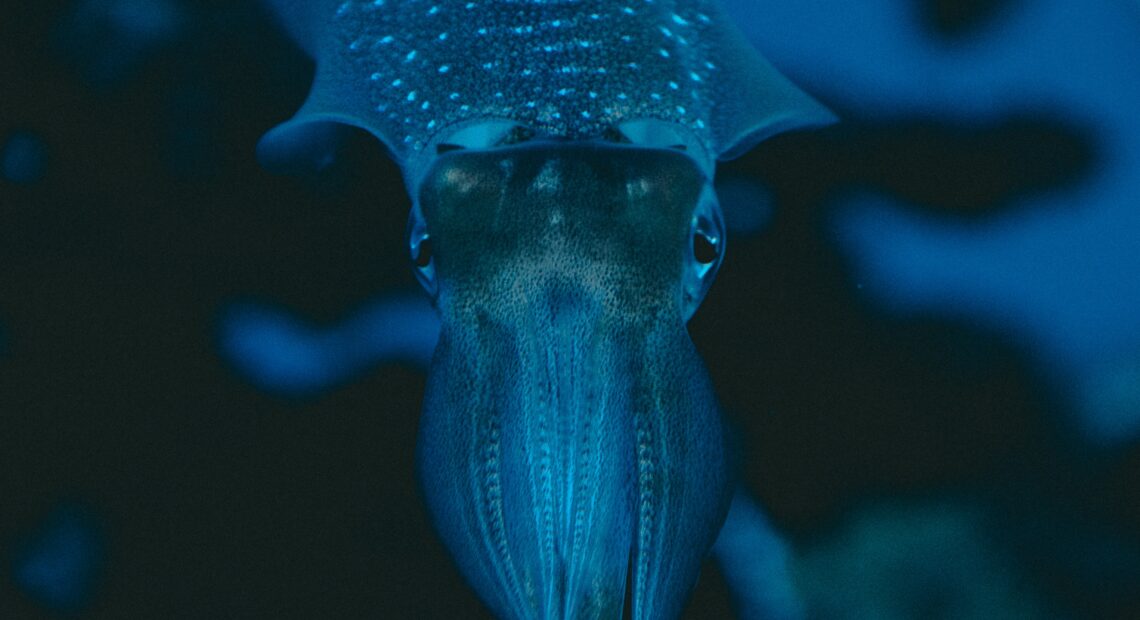Scientists have found new relationships between oceanic squid using DNA analysis, helping us better understand how these creatures evolved.
Using a technique known as genome skimming, researchers at NUI Galway’s Ryan Institute were able to reveal full DNA sequences of different groups of squid based on tissue samples collected from ocean cruises and commercial trawlers.
Dr Fernando Angel Fernández-Álvarez said, “the aim was to solve the relationships among this amazing group of animals. I believe this study is an important milestone for the field and a good starting point for performing in-depth studies on the evolutionary trends that shape the huge diversity of oceanic squids.”
Oceanic squids are essential in the marine food chain, both as predators and prey. Toothed whales and other megafauna rely on squids for food. This includes flying squids, which are heavily fished commercially by humans.
Álvarez, who is an Irish Research Council fellow and researcher at NUI Galway’s School of Natural Sciences, said that the research could help us understand how oceans will respond to “ever-increasing pressures” from human activities.
Once different groups were identified, researchers then named them in accordance with the International Code of Zoological Nomenclature to make it easier to identify them in the future.
Fascinating Adaptations
Through the study, published in Zoological Journal of the Linnean Society, researchers found some unexpected relationships between seemingly distant groups.
Delicate deep-sea glass squids, for instance, were found to be closely related to the more powerful and muscular Humboldt squid and the monogamous diamondback squid – more so than to other oceanic squids.
Their apparently different adaptations make the genetic closeness surprising. For example, glass squids use their body cavity as a fluid-filled buoyancy chamber, while another group, chiroteuthids, develop fishing lures at the end of their tentacles.
Prof Louise Allcock of the School of Natural Sciences said, “how these remarkable changes in form came about is not yet understood. Oceanic squids are an amazingly diverse group of cephalopods with fascinating adaptations to their watery environment.”
Cephalopods, she explained, are a group of molluscs with arms and tentacles such as squid, octopus and cuttlefish.
Allcock added that the study highlights the important role of public scientific collections in addressing longstanding scientific issues.
“We supplemented the material we collected ourselves with samples from various museums including the Smithsonian in the US, the Marine Science Institute in Spain and the Australian Museum – allowing us to have a truly comprehensive oversight of oceanic squids globally.”
Source: Silicon Republic
[sibwp_form id=2]













